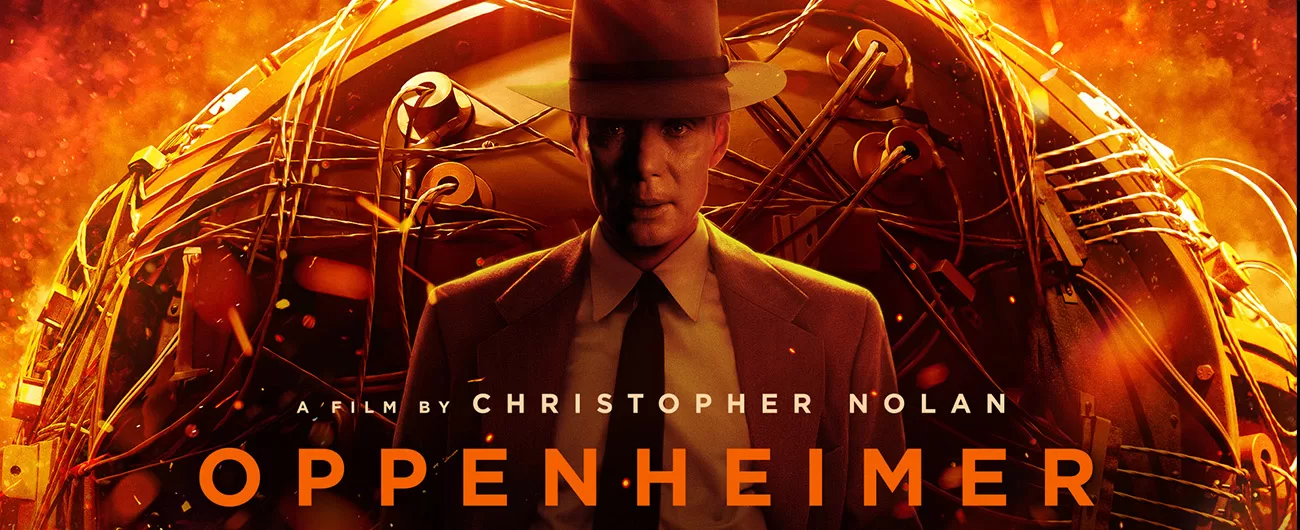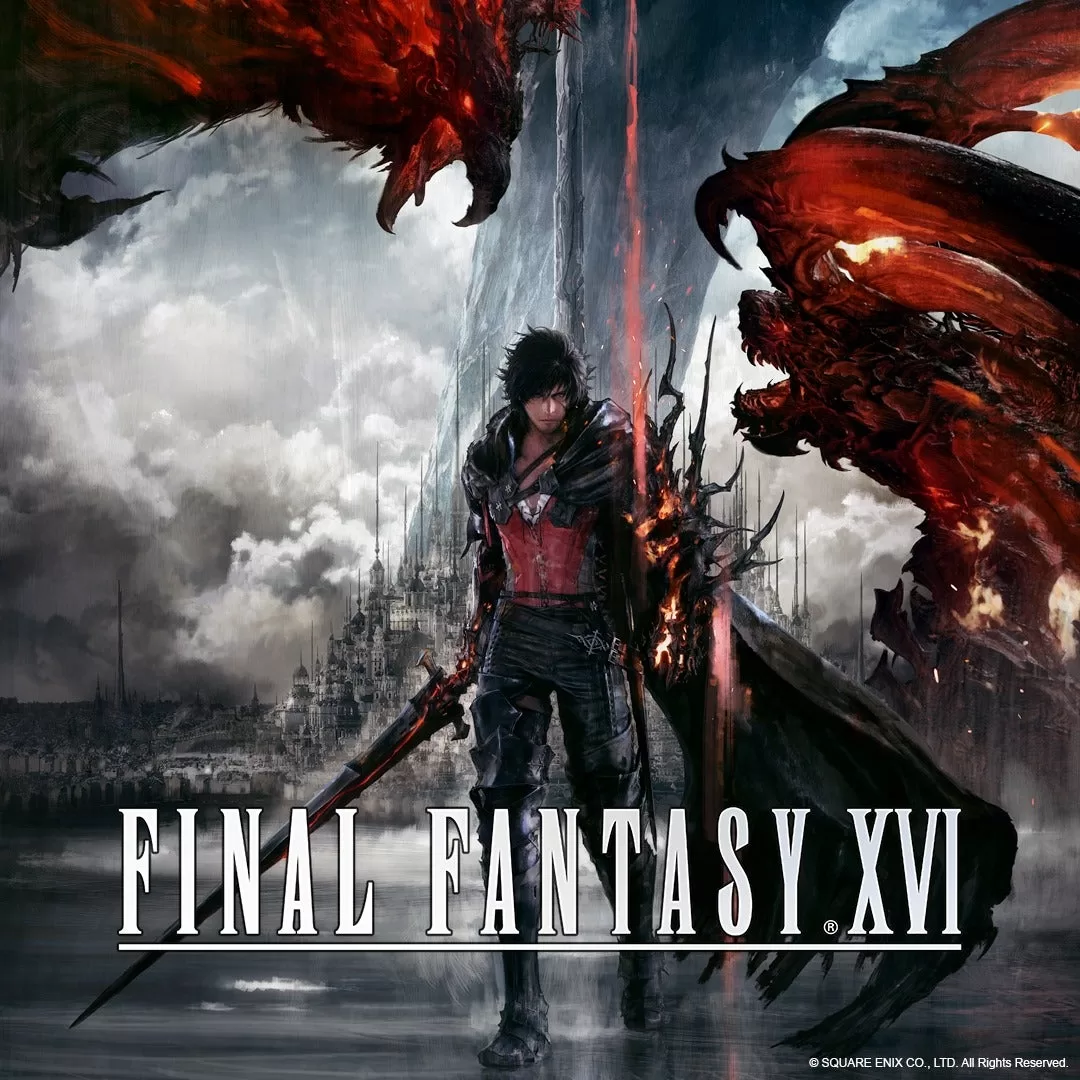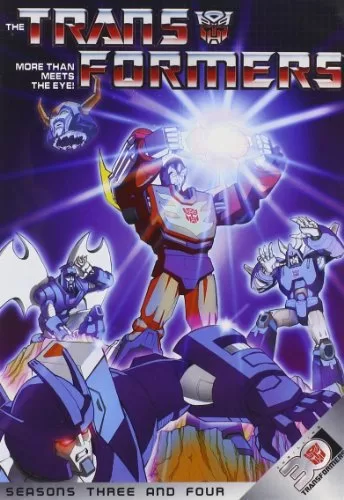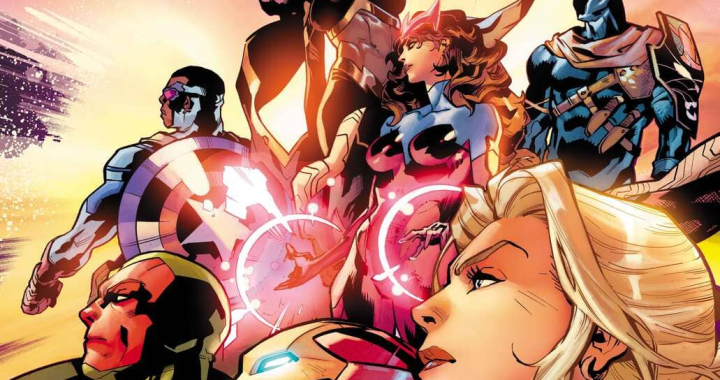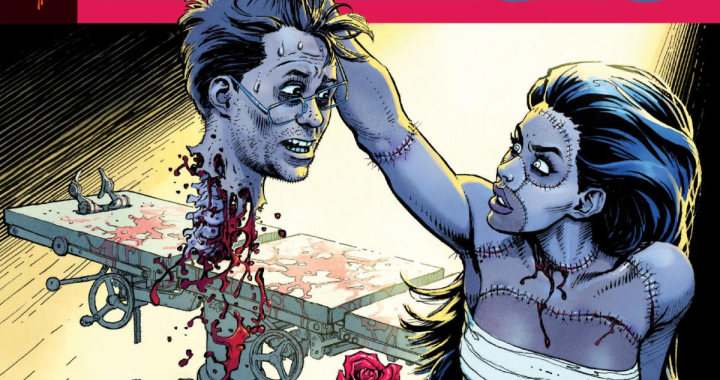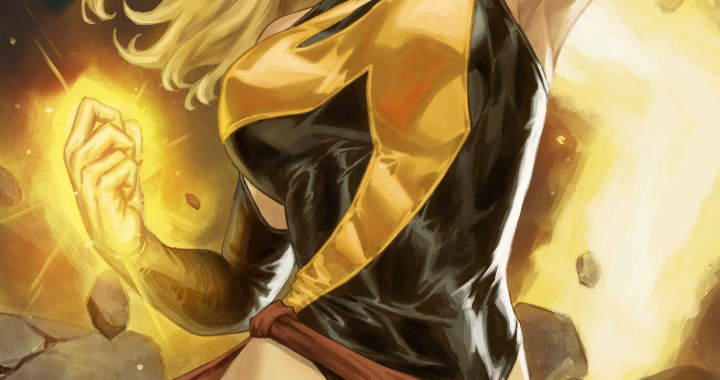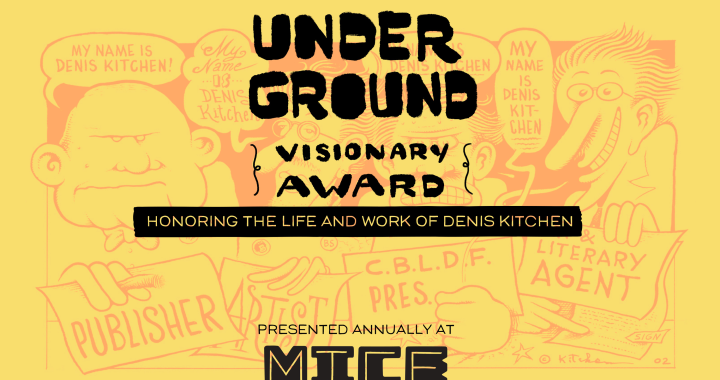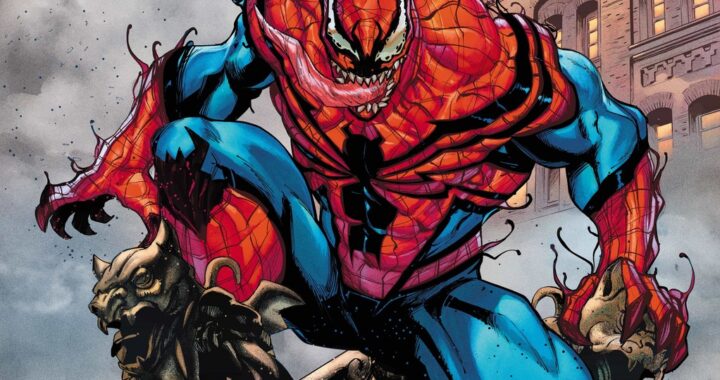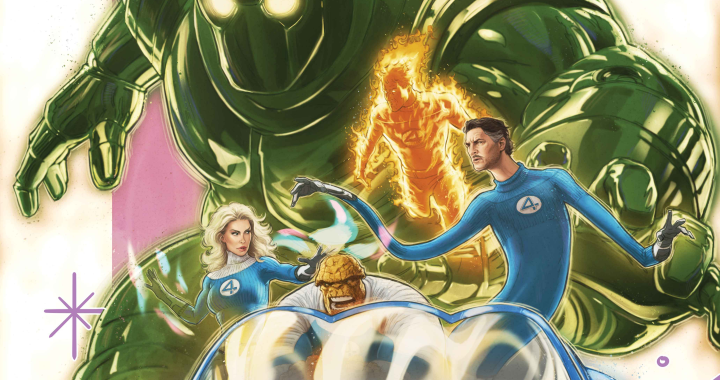
REVIEW: Wonder Woman In The Fifties
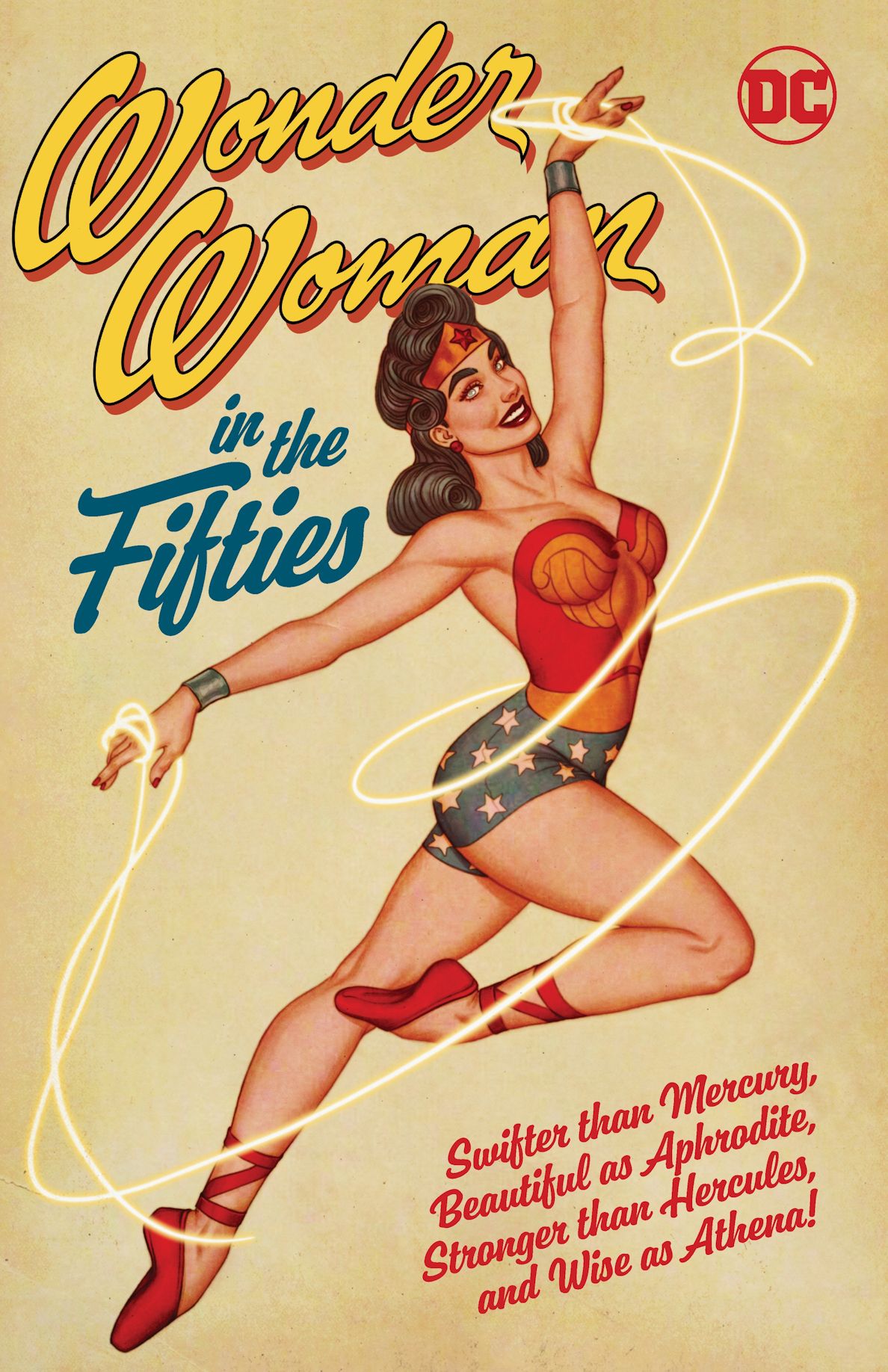 Although I consider myself a fan of Wonder Woman, the 1950’s were a time that I would consider a mixed blessing for the character. On the one hand, this period introduced many of the trappings of the character we’re familiar with. Then again, the 1950’s were a time that moved away from the experimental ideas and unconventional mores of William Moulton Marston, and into a more traditional phase for the character, largely under the pen of Robert Kanigher. This volume, Wonder Woman In The Fifties, includes many issues from the Kanigher run, in addition to some Justice Society stories where Wonder Woman appeared during the 50’s.
Although I consider myself a fan of Wonder Woman, the 1950’s were a time that I would consider a mixed blessing for the character. On the one hand, this period introduced many of the trappings of the character we’re familiar with. Then again, the 1950’s were a time that moved away from the experimental ideas and unconventional mores of William Moulton Marston, and into a more traditional phase for the character, largely under the pen of Robert Kanigher. This volume, Wonder Woman In The Fifties, includes many issues from the Kanigher run, in addition to some Justice Society stories where Wonder Woman appeared during the 50’s.
The cover by Jenny Frison for this collection perfectly encapsulates this period of Wonder Woman. The sepia background, while empty, creates a vintage flavor that works for a 1950’s piece. Moreover, Frison does an excellent job in making this version of Wonder Woman suit the period. The hairstyle is very much in keeping with the 1950’s, and the costume choice is very much in keeping with who Diana was at that point in time. It’s a simplistic piece, but that works for 1950’s Diana, and it works thematically with the tone of that era of the character. Frison is one of the better artists for Wonder Woman in the modern period; all her Wonder Woman covers are a delight to look at, and that’s certainly true here as well. The stylistic font also suits the time period, filling the empty spaces, and the addition of Wonder Woman’s 50’s tagline is a nice touch.
If you’re looking for deep, complex storytelling about Wonder Woman, you unfortunately are not going to find it in this volume. Wonder Woman in The Fifties bridges the gap between the end of the Marston period and the Silver Age, with a more pronounced Silver Age flavor the farther you get into the book. In and of itself, this is not a bad thing; there are many excellent stories from the 40’s and 50’s even lacking a modern storytelling sensibility. Even by late Golden Age to early Silver Age standards, though, the writing in 1950’s Wonder Woman is sanitary and lacking in real conflict or depth. Not all of this is the fault of the writers, it must be pointed out—the toxic influence of Fredric Wertham had already taken hold by this point, and Wonder Woman was sanitized by the self-censorship of the time. Still, the rules restricting violence and other mature content prevented Wonder Woman stories from being as interesting as they otherwise could have been.
Unfortunately, Robert Kanigher was probably not the best person to handle Wonder Woman in the post-Marston era. Not that he couldn’t be a capable writer; he shone much more brightly on titles like Sgt. Rock. On this book, though, his stories weren’t anything that any other writer of the period couldn’t have done, or done as well. The continuity was often inconsistent (even with Kanigher’s own work), and the stories were extremely formulaic. Many of the stories involve some sort of trial, where Wonder Woman earns the right to wear some aspect of her costume, her lasso, or the invisible jet. Usually this would involve some battle against a giant animal or a legendary creature, all ending predictably and exactly the same way. Later stories in this volume fare little better, usually moving into Silver Age territory with Steve Trevor’s relentless attempts to get Wonder Woman to marry him. Although there is some imagination around this time, usually in terms of the threats or the situation, these too tend to be predictable and formulaic by modern standards. While not technically bad, this was a period that treaded water creatively and it didn’t utilize the character to her potential.
However, there is value to these stories if seen from the lens of comics history. The 1950’s brought a number of ideas to Wonder Woman, or concepts that would be developed much later. This period introduced the idea of a Wonder Girl, although these are the stories of a younger Diana growing up on Paradise Island. Still, the costume and the name would both be used later by Donna Troy, Diana’s sister, who would be associated with the Teen Titans. The invisible jet would be introduced here as well, though this is an idea that has never worked for Wonder Woman in my view. The basic setup of the Wonder Woman TV show was also established here, with Diana’s secret identity and the background in military intelligence. There are even costume designs that would be adapted by later artists—there are shades of the Mike Deodato 90’s design in one of Diana’s early costumes in this volume.
The best stories in this volume are the Justice Society stories written by John Broome. Broome is best known as one of the key writers of the Silver Age, where he co-created the Barry Allen Flash and the Hal Jordan Green Lantern. Although he wasn’t that writer at this time, the stories were inventive and interesting, with mystery and a real challenge for the Justice Society. Wonder Woman is only a minor part of them, though she does get some individual focus occasionally in these stories. Still, if you’re a fan of the Justice Society, these stories are worth looking into, especially if you’re interested in Diana’s Pre-Crisis history with the JSA. The story featuring The Key is quite noteworthy, and it shows the promise that Broome would eventually achieve later in titles like Showcase. Frank Giacoia illustrates these issues, and while not visually outstanding, they are serviceable issues that do an effective job with the visual storytelling.
Where this volume is probably most striking is in terms of the artwork. Two artists illustrate the stories in Sensation Comics, which was Wonder Woman’s main title at the time. One was Harry G. Peter, who was the co-creator of Wonder Woman along with William Moulton Marston, and drew the character throughout the 1950’s as well. Peter’s work is still rooted in the Golden Age, reflecting an earlier time for the character that she was still struggling to escape. Still, there is an affection for the character in his work, and Peter’s art has a classic charm that is endearing. Peter drew quite a few of the Paradise Island stories, for instance, and he’s an excellent fit on those tales, giving that late Golden Age flair to Diana and her world. Harry Peter is an important and often unsung contributor to Diana’s legacy; too often, the conversation includes Marston, but at the expense of Peter. If this volume does anything, it should be to challenge that assumption, because Peter contributed to the look of Golden Age Wonder Woman in a way that still endures to this day.
One pleasant surprise in this volume is learning that Ross Andru illustrated a run on Wonder Woman long before he ever worked at Marvel. Andru is perhaps best known for his late Silver Age to early Bronze Age run on Amazing Spider-Man, a fantastic run that I strongly recommend. The Andru that drew Wonder Woman is less refined and polished than the Andru that worked at Marvel in the 70’s, but it’s no less impressive for that. Andru took Wonder Woman visually out of the 40’s more than any artist did, changing her hairstyle and bringing her into the 1950’s. Andru’s version is probably the version that inspired the TV show with Lynda Carter, as many of the trappings of that show look like they stepped out of a Ross Andru comic. He also did an excellent job of making Wonder Woman look distinct from Diana Prince, through posture as well as the design of Diana’s glasses. Andru is an artist that had a large impact on the character, and one who deserves to be considered on all-time Wonder Woman artist lists as much as George Perez or the many great artists that followed him.
Wonder Woman In The Fifties is an important volume in the history of the character, mainly for its impact and significance to Diana’s legacy. If you’re looking at this title looking for great Wonder Woman stories, you’re better off looking to Post-Crisis runs like Perez’s, Rucka’s, or Simone’s. On the other hand, if you’re looking at this book with an eye towards learning more about the character and her history, this is a very good volume to look into. DC has done a good job in reproducing these classic stories, and the introduction and commentaries give good historical context. Moreover, the artwork is interesting, and the Andru issues especially are very pleasant to look at. While not the best period for Wonder Woman as a character, Wonder Woman in the Fifties will provide a good, unvarnished look at who the character was in the post-Marston era, and there is value in that.
Score: 3.5/5
Publisher: DC Comics
Writers: Robert Kanigher, John Broome
Artists: Harry G. Peter, Ross Andru, Frank Giacoia
Cover Artist: Jenny Frison
Author Profile
- Steve Sellers had been a fan of superheroes ever since Superman: The Movie. But it took the JSA, the Legion of Super-Heroes, Dragonlance, Lord of the Rings, Twilight Zone, and Chris Claremont's legendary run on the X-Men to make him a writer and a longtime fan of comics, fantasy, and science fiction. Steve is the co-creator of WHITE DRUID & MICHAEL NERO and GUARDIANS OF ELAYIM for Omen Comics, and he is also the creator of BLITZ and SHOCKWAVE for Revelation Comics (an imprint of Omen Comics).

